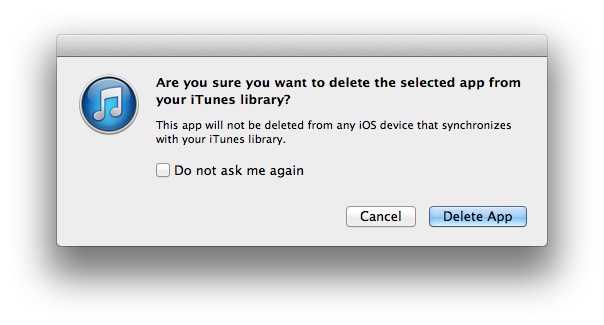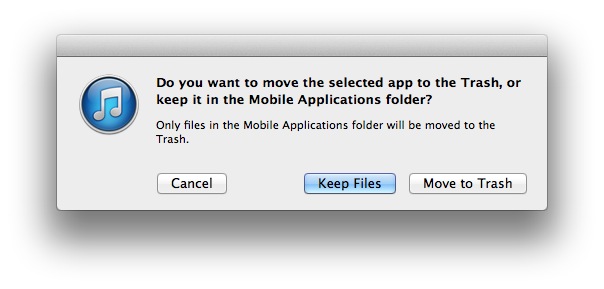Apple’s hardware division has been pretty much operating on cruise control for more than two years. At least that’s the way it seems to me. While Apple’s software has been steadily and significantly evolving (both OS X Yosemite and iOS 8 represent major advances), hardware not so much. Happily, this lag should end next week. With Apple’s September 9 media event, the company finally appears poised to put its foot to the hardware accelerator. But, before we get to that, let’s take a brief look back.
Hardware history
As I noted in a recent column here, it has been almost two years (October 2012) since Apple updated the Mac mini. This delay is hardly the exception. It’s been more like the rule:
• Apple’s most recent stand-alone display is the Thunderbolt display, released three years ago (July 2011).
• The last time Apple TV got even a minor hardware update was over two years ago, back in March 2012.
• The most recent iPod nano and iPod touch models are two years old, last updated in September 2012 (not counting the very minor update to the 16GB touch this year).
• The 15-inch MacBook Pro with Retina display was introduced in June of 2012, over two years ago. Although a 13-inch model was later added, and there have been a few speed bumps along the way, the basic design has not changed over this period of time.
• The situation is about the same for the MacBook Air. Indeed, the opening sentence of Macworld’s review of the 2014 MacBook Airs is: “There’s not much new about Apple’s updated MacBook Air lineup.”
• Moving to Apple’s iconic desktop model, the most recent iMac design (with the almost “invisible” edge) is now two years old (October 2012). Stretching farther back, while Apple added Thunderbolt to the iMac in 2011 and has made other minor improvements from time-to-time, the face of the iMac looks about the same today as it did when the silver-and-black model first shipped in 2007!
• Apple did release a major upgrade to the Mac Pro recently…but that replaced a model that had stagnated for several years prior. Consider this: until the new Mac Pro came out last December, the existing Pro models didn’t even have a Thunderbolt port!
• As for the iPhone, it’s been two years since the iPhone 5 introduced the 4-inch display. Except for Touch ID, not much has changed since.
• The iPads — with last year’s iPad Air and iPad Mini with Retina display — are the lone exceptions to Apple’s hardware doldrums. These were notable updates.
Stalled rumors
Even rumors of new Apple hardware have been languishing in recent years.
• Steve Jobs, as quoted in his biography, said: “I’d like to create an integrated television set that is completely easy to use. It will have the simplest user interface you could imagine. I finally cracked it.” Perhaps so. But there is still no sign of any forthcoming product based on what Steve figured out.
• Similarly, the rumor mill has been churning for several years with predictions about some sort of Apple “iWatch” or other wearable technology. It looks like Apple will finally deliver on this next week. Even so, the current rumors are that the device won’t ship until 2015.
Revving up
Don’t get me wrong. I’m not the sort to lament that Apple “must” do something about any of this or face certain “doom.” To the contrary, Apple appears to be doing quite well financially and shows every sign of continuing to do so. Its stock is hovering at an all-time high and its quarterly revenue continues to set records.
Still, over the long haul, the technology field is not one that rewards complacency and treading water. To quote Steve Jobs again: “If you don’t cannibalize yourself, someone else will.”
Apple knows this. And, whatever the reasons behind the slow pace of change these past few years, it looks to be over. As Eddie Cue stated a few months ago: “Later this year, we’ve got the best product pipeline that I’ve seen in my 25 years at Apple.”
Well, “later this year” is here now. And it all begins Tuesday. With the iPhone 6. And, most likely, an iWatch. And possibly more. Additional new products (iPads, Macs?) are expected to arrive in October. Assuming Apple delivers on Eddie Cue’s prediction, the doldrums of the past few years will soon be a distant memory.
You might say Apple’s been on a “break” these past few years. If so, Apple appears ready to heed the advice of President Bartlet: “Break’s over.”


